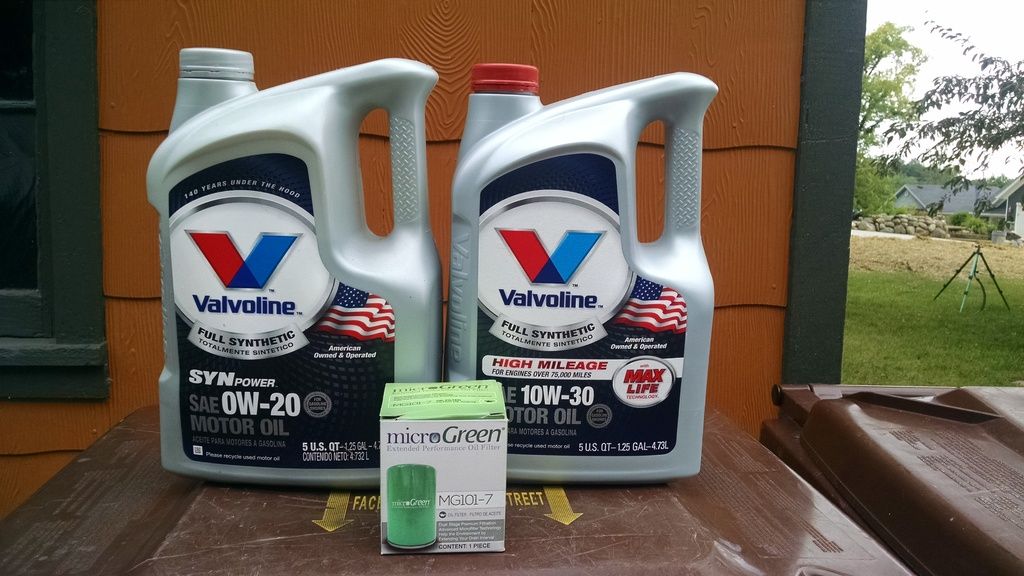Originally Posted By: Gokhan
The folks here asked for a
dimensional analysis. NOACK as a physical property is the "fractional evaporation rate," no matter how you look at it. You need to use "% change per hour" or "fractional change per unit time" in the dimensional analysis for it to make any physical sense.
This is no different than expressing the speed, which is the rate of change of the position. You can measure and/or express the speed of a car by how many miles it travels in 1 hr, say 60 miles, instead of saying 60 miles per hour. However, this doesn't mean that the dimension of speed as a physical observable is length; it's still length per unit time.
That's not how it's done though. Take a look at the formula for calculating Noack provided in the SAE paper, and you would see the issue. Time is not included in there. It's not the same as speed at all, because speed is defined as displacement per time, and those are actually separate variables.
That's not the case in the Noack test at all. There is no attempt to show a relationship of evaporative loss per unit time, or to average it out per second. You throw units of time into Noack, and you louse the thing up completely. Plenty of laboratory experiments have a certain set run time, but that doesn't mean time is incorporated in the calculation. That's not how dimensional analysis is done.
I know what you're getting at, but you try to incorporate time into this, you'll muck it up more than it already is. Viscosity units incorporate seconds. You can't mix units. Now, if you want to include time in your Noack, then you have to convert the one hour test to 3600 seconds, and that has to be incorporated directly into the Noack calculation. You get a mass loss of say 15%, which is, by your parlance, 0.15/h. No mixing of units, so let's convert that to 0.000041667/s, not to mention requiring an error analysis. Have at it.
I've never seen anyone express Noack in a manner that would reflect seconds, which is required if one is using anything semi-normal when it comes to measuring viscosity or including viscosity in a calculation.




